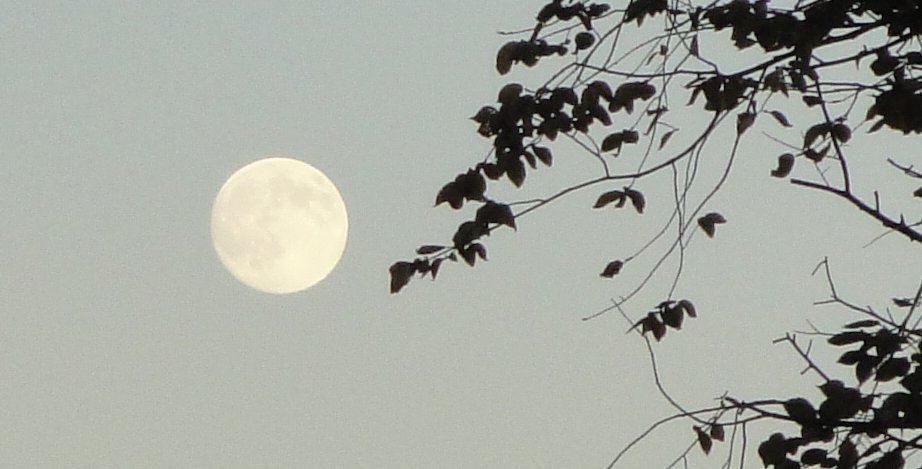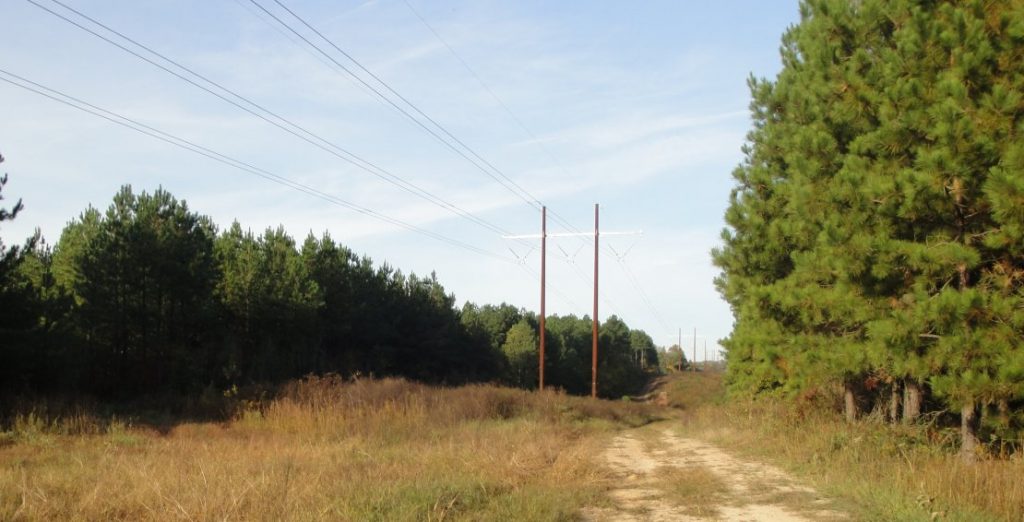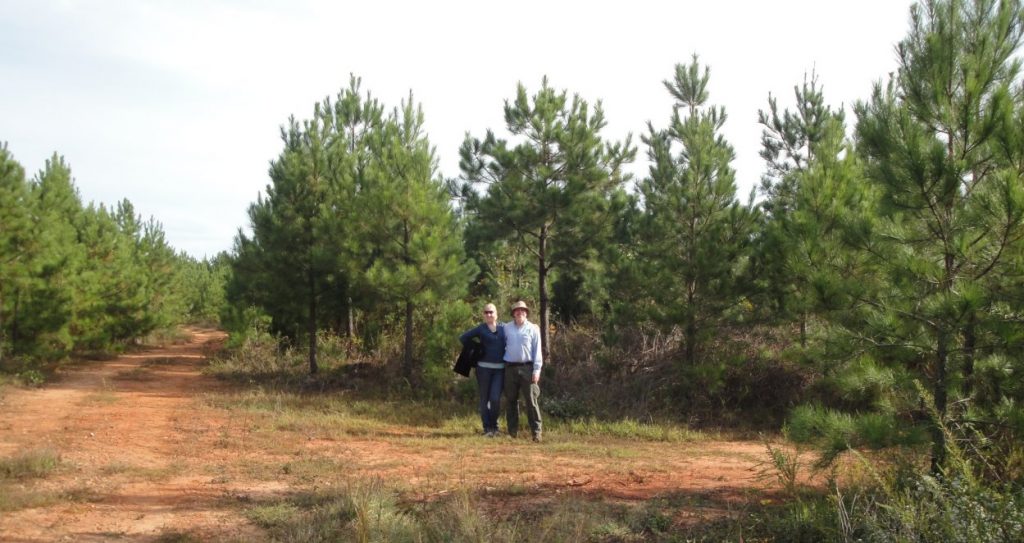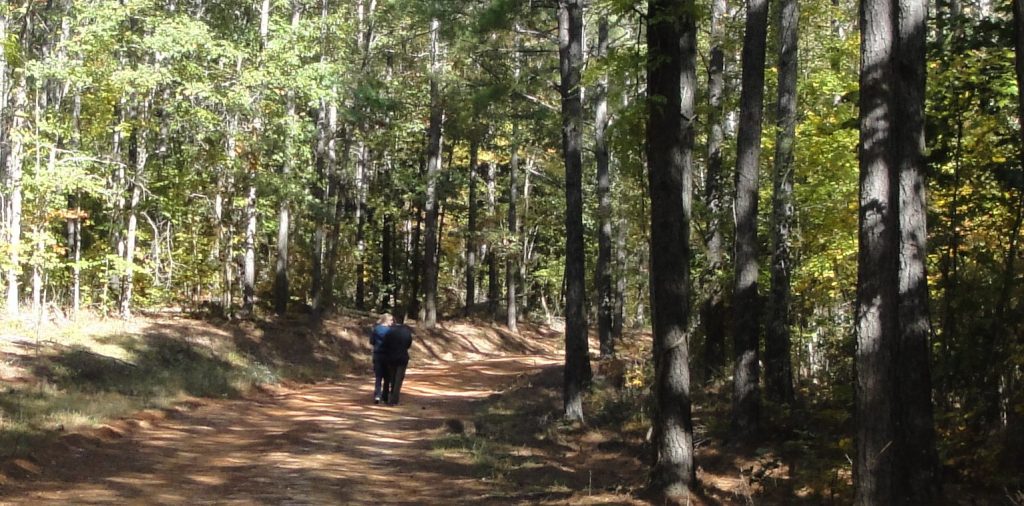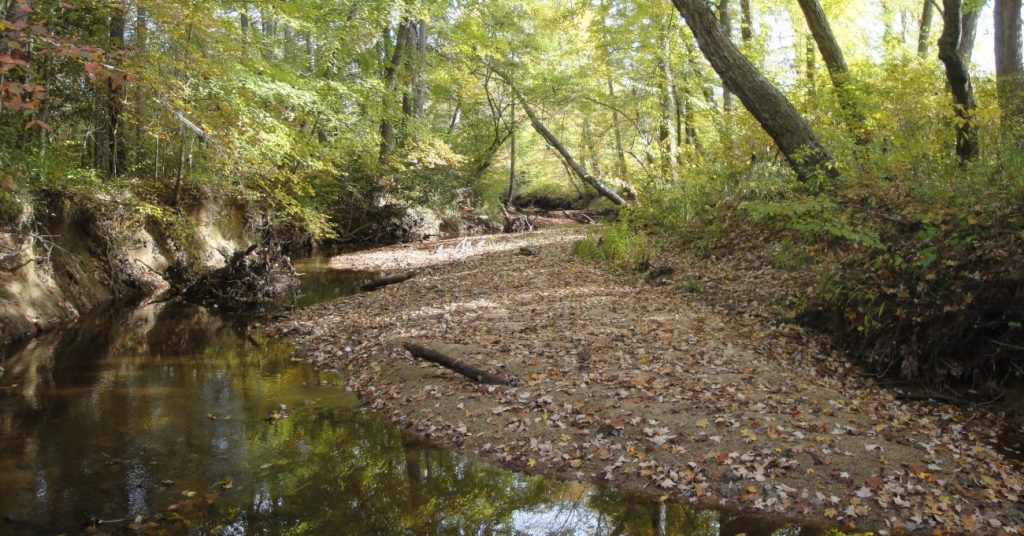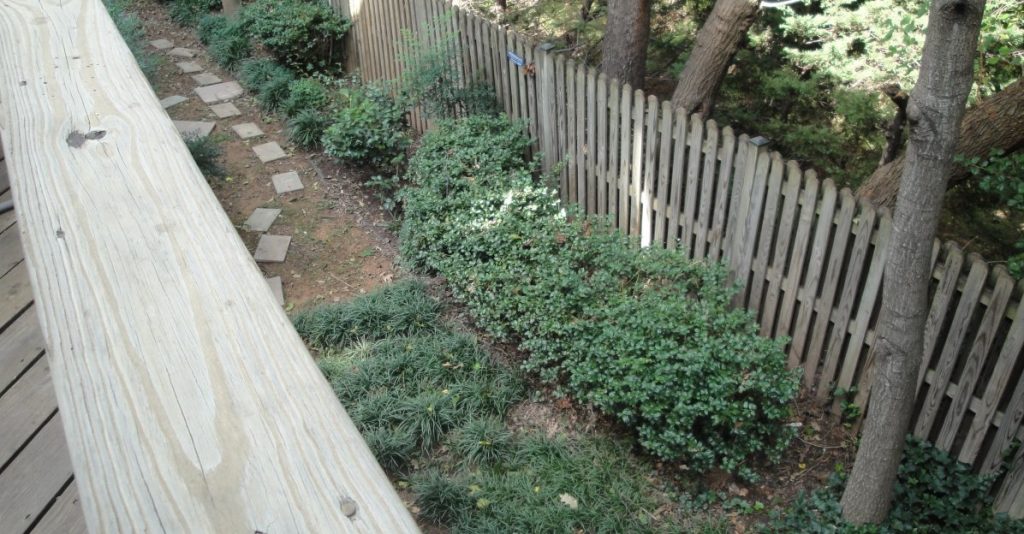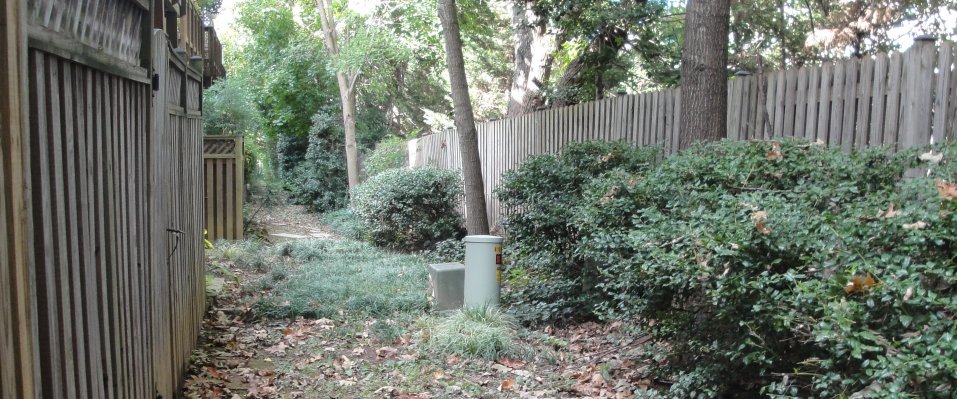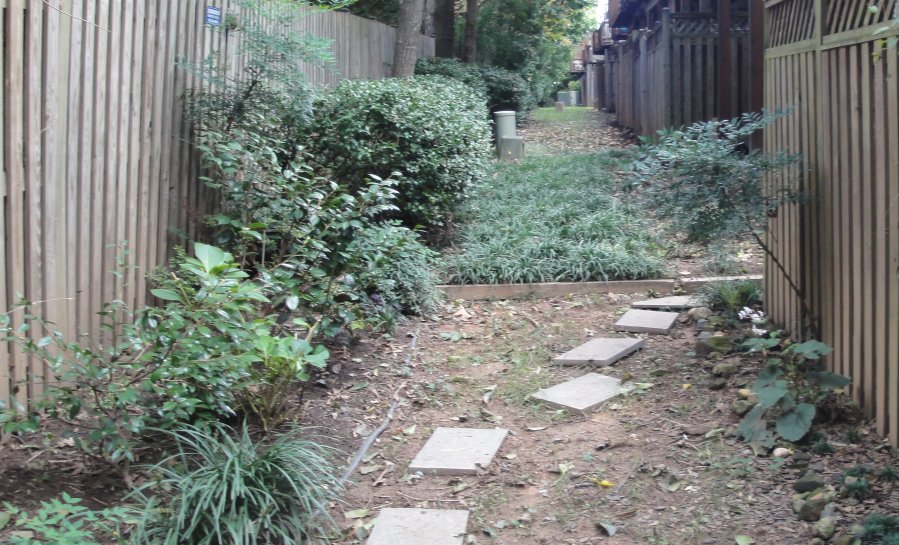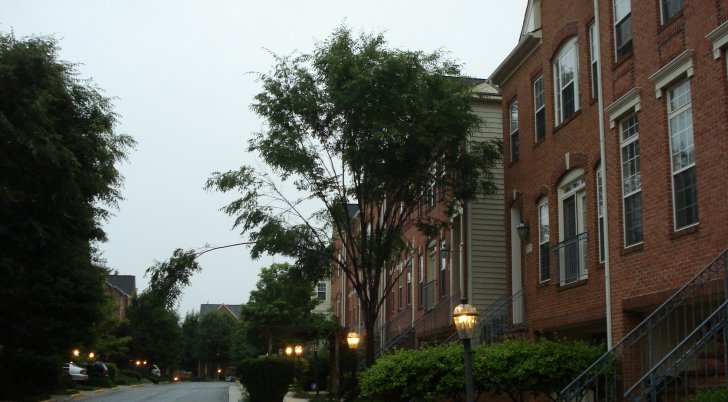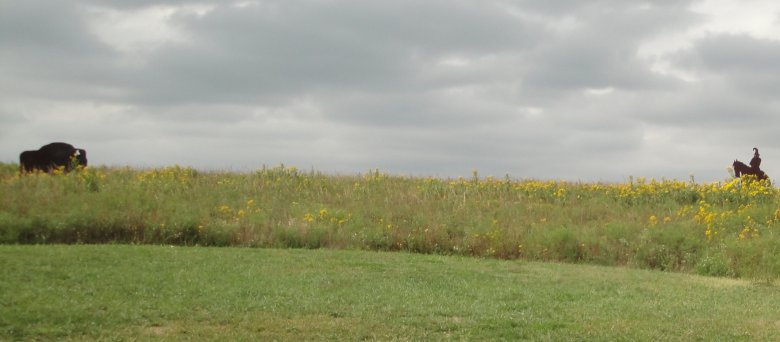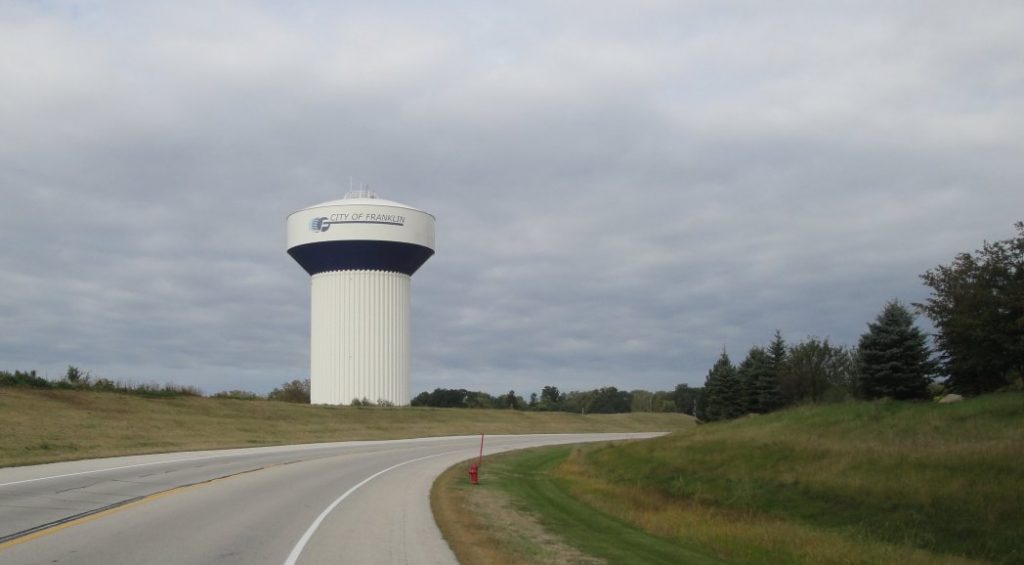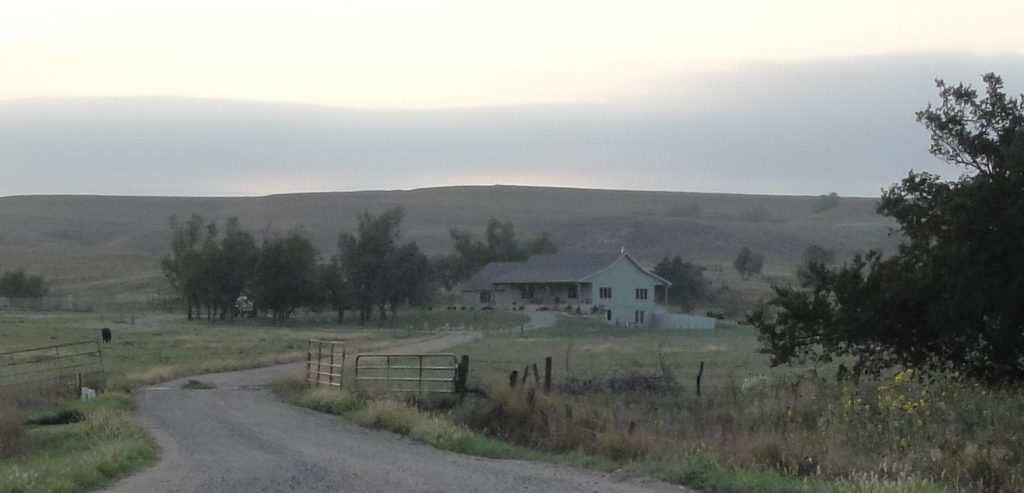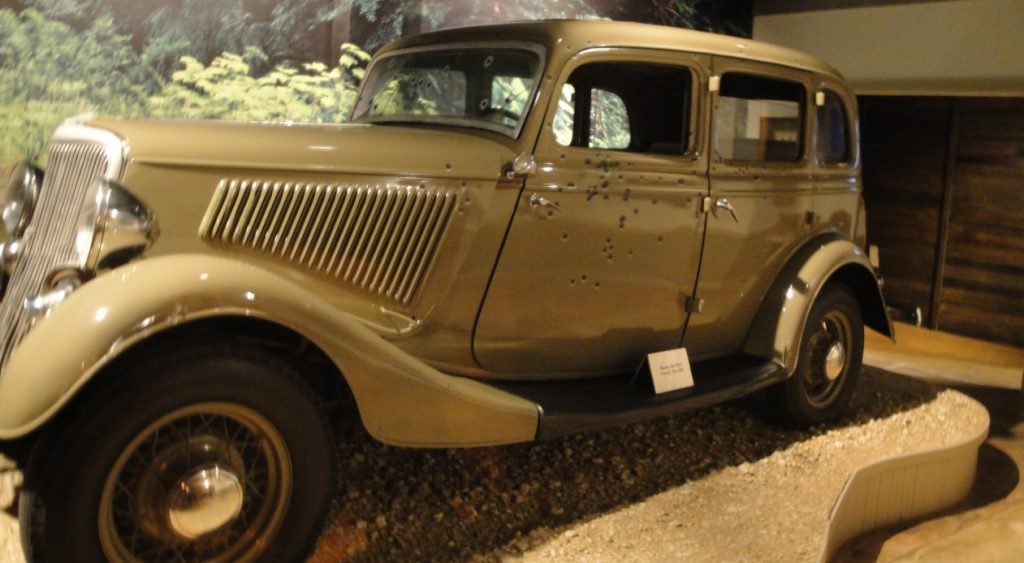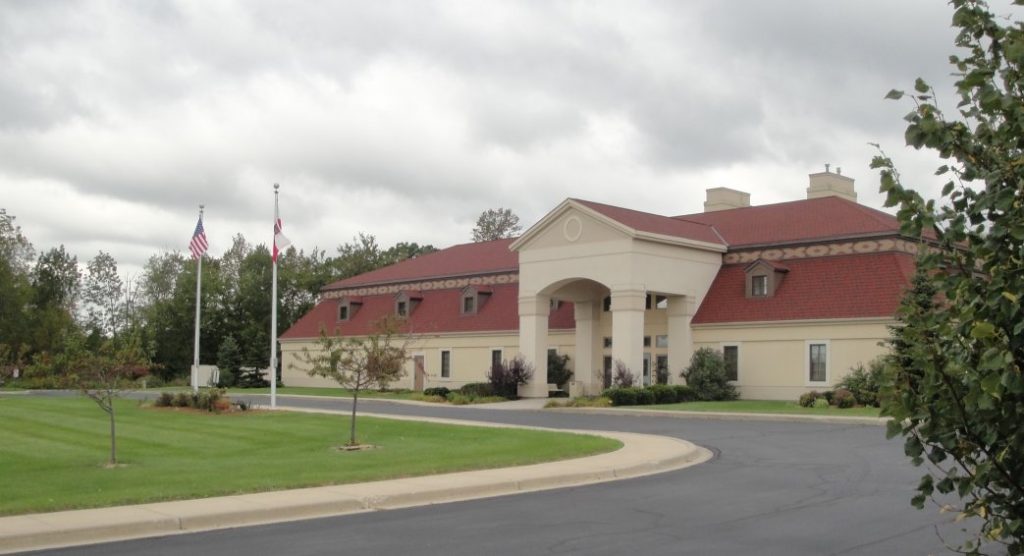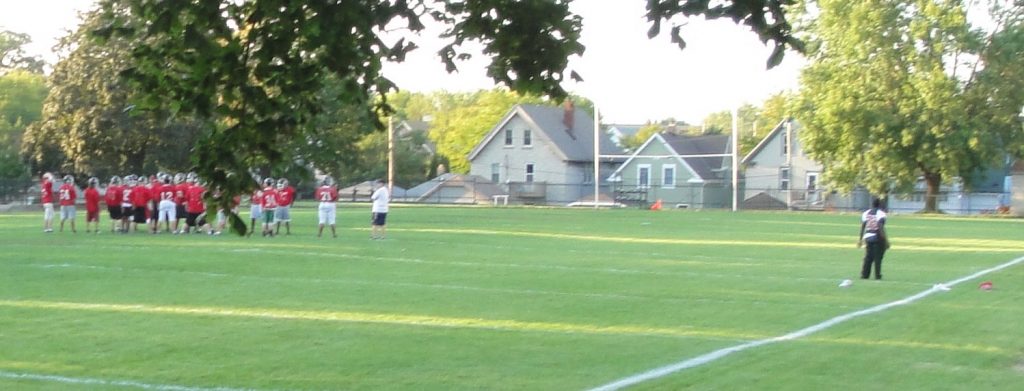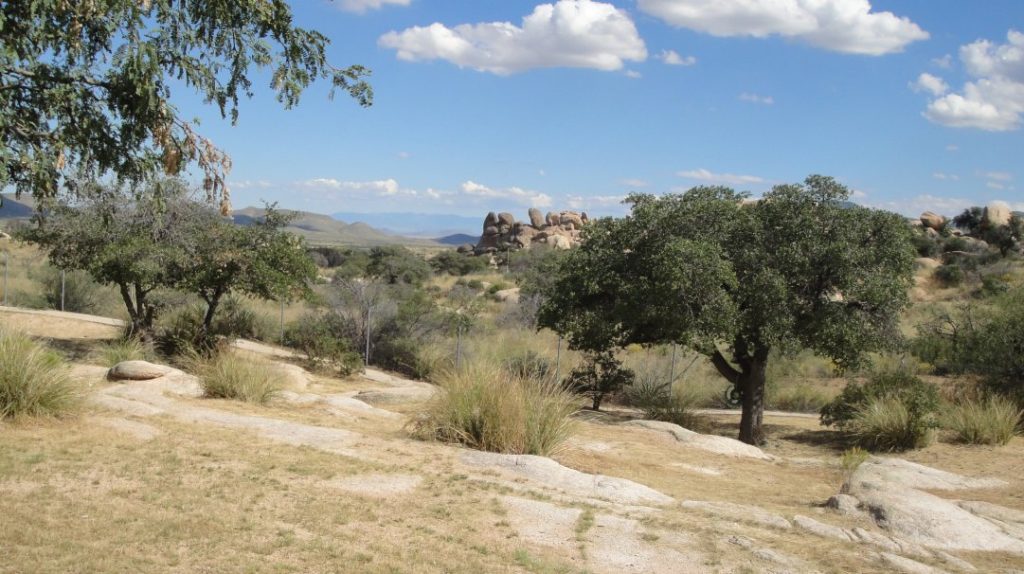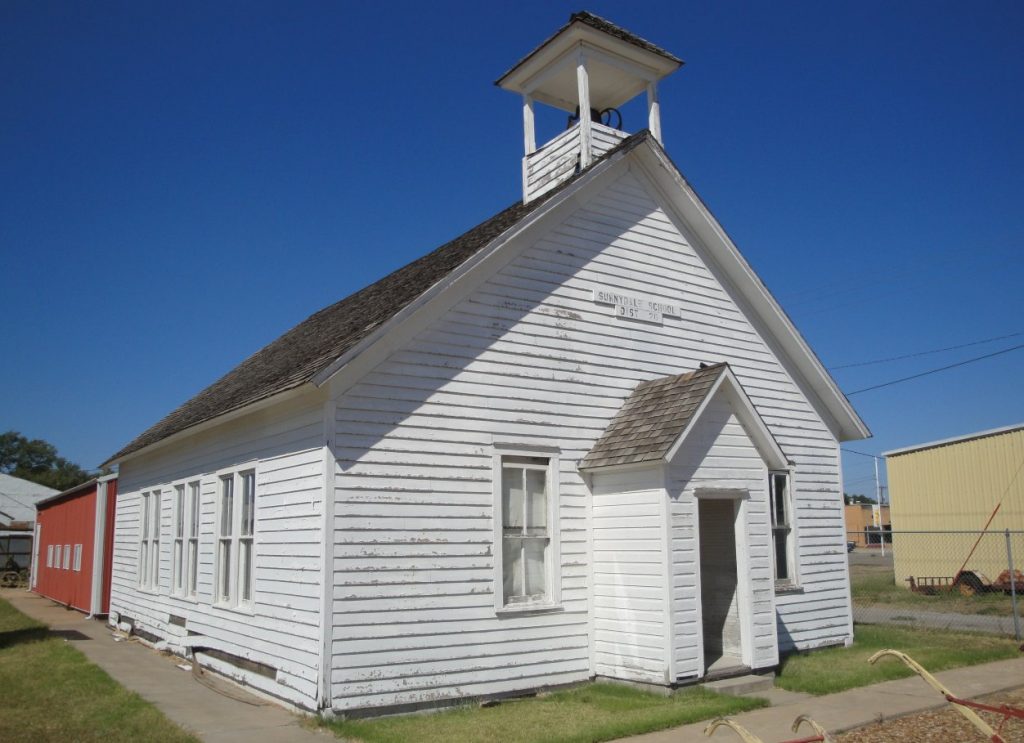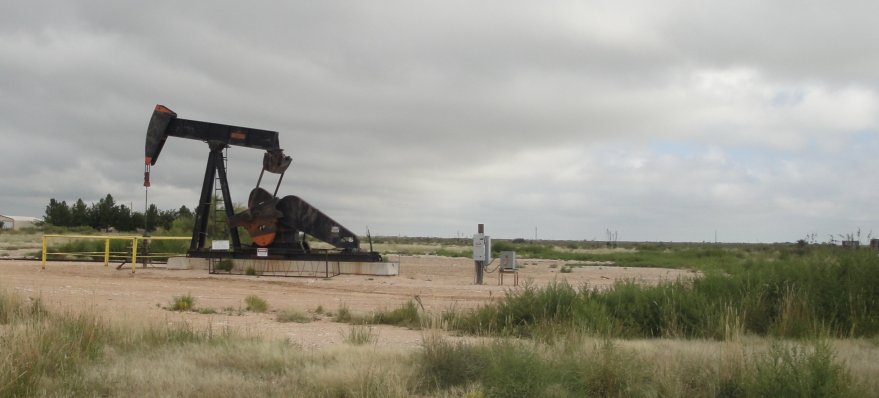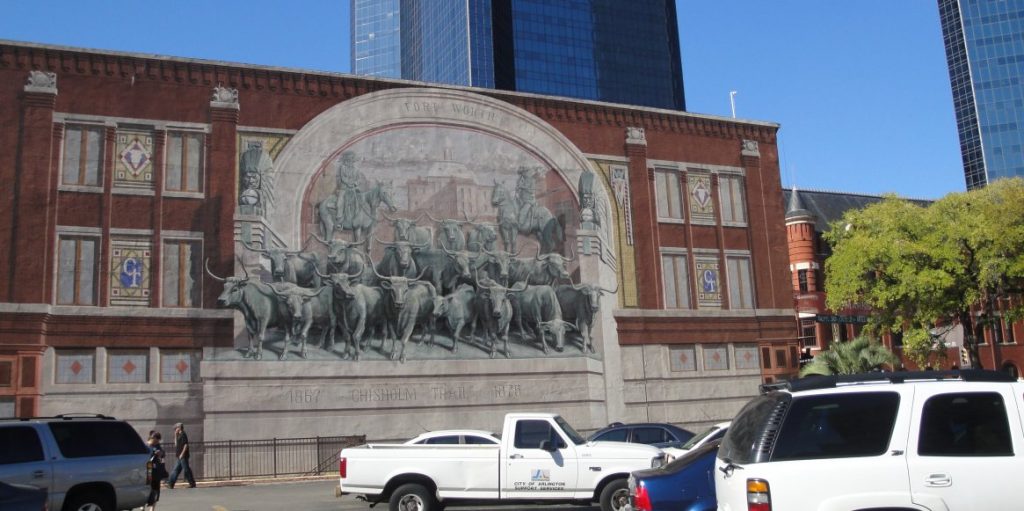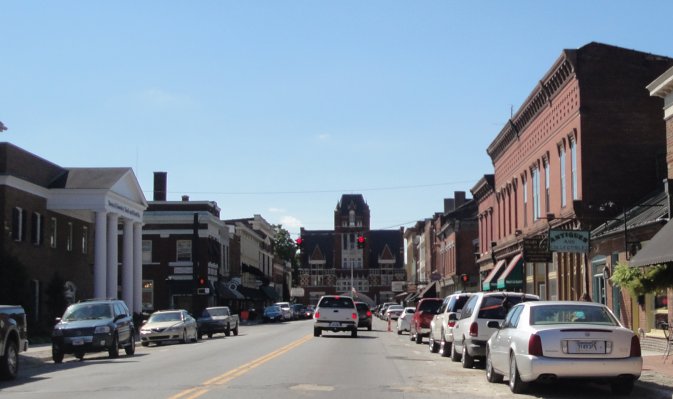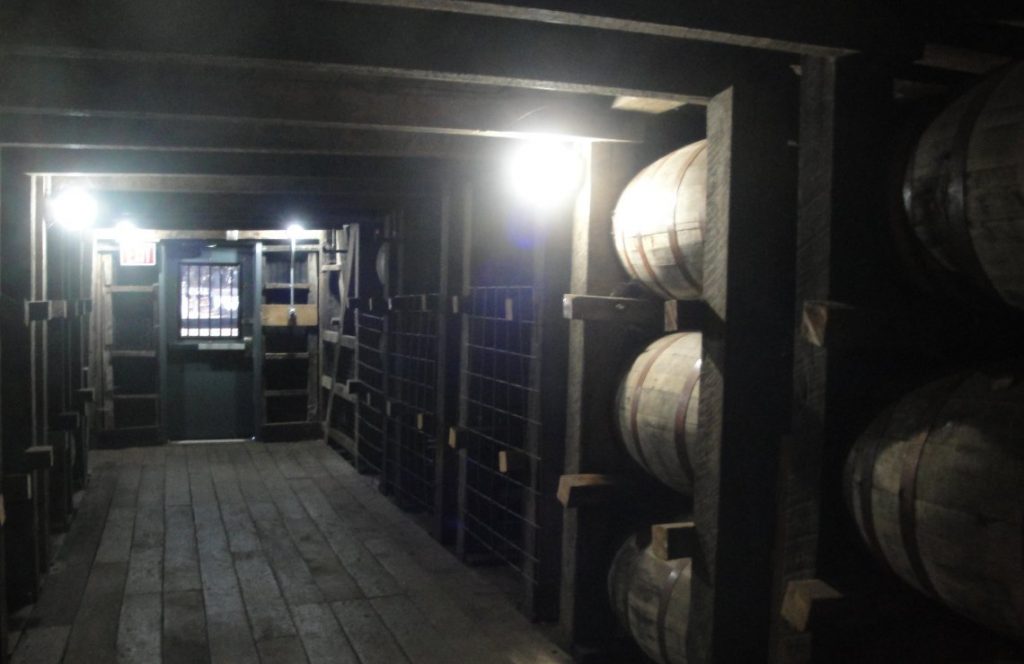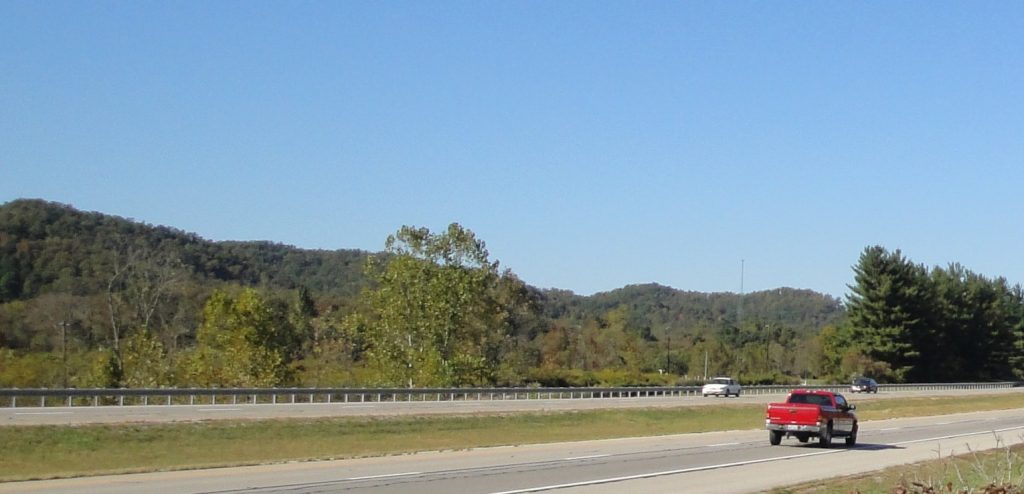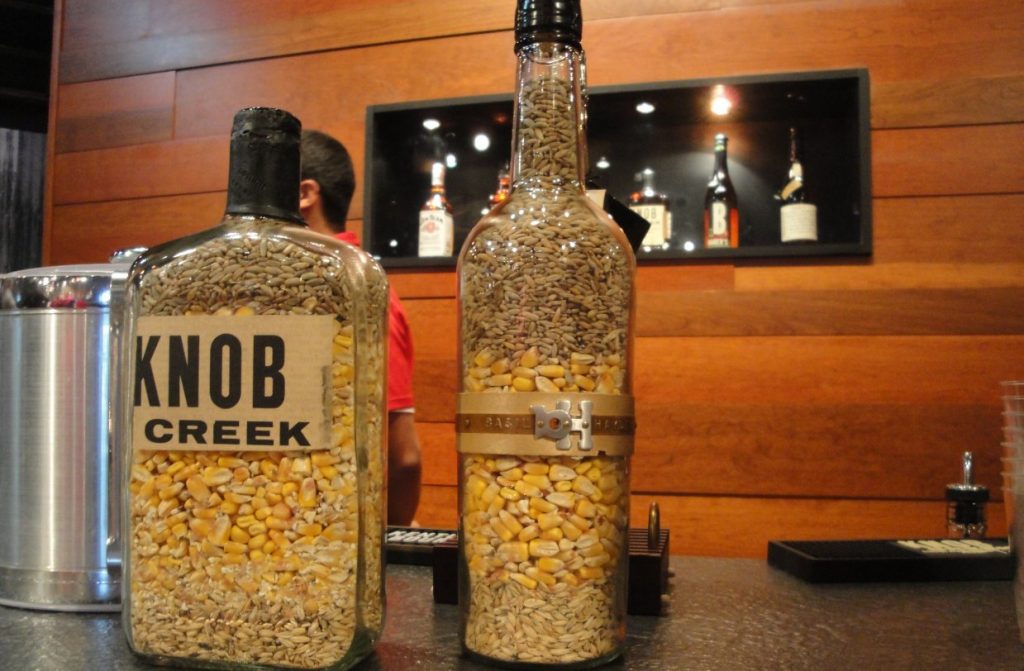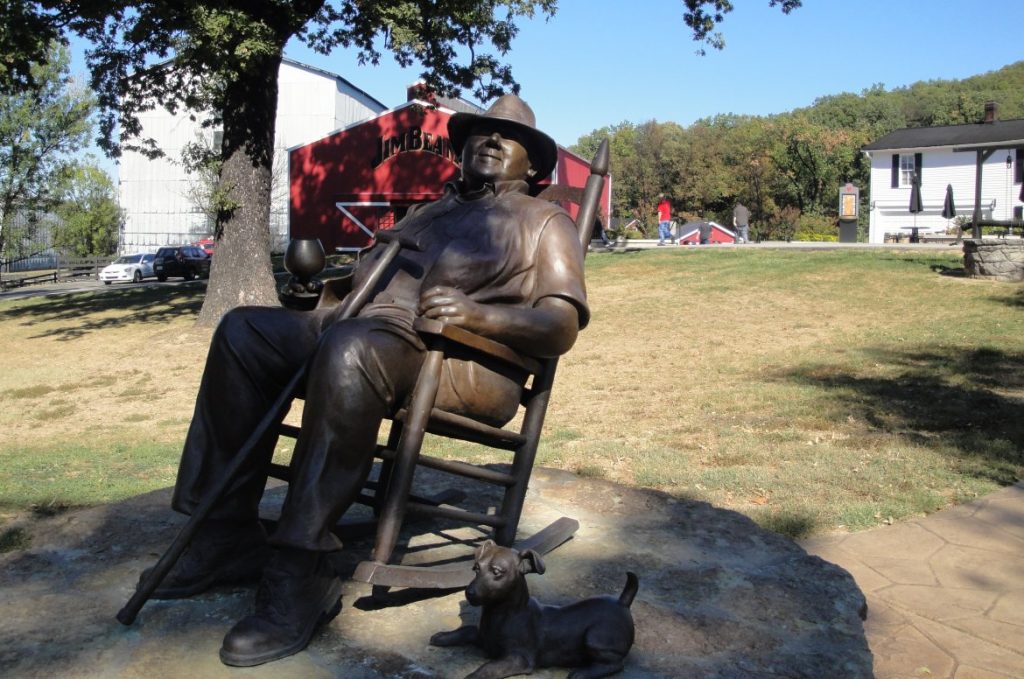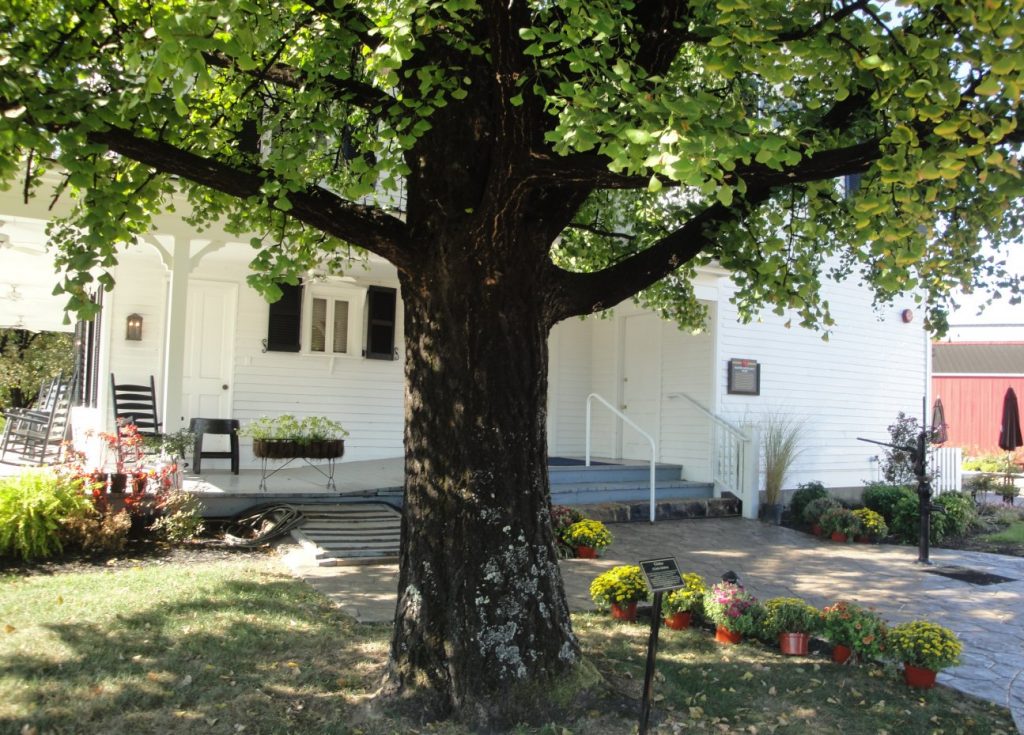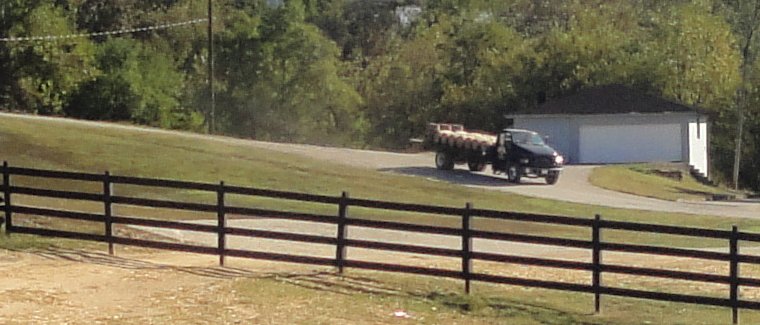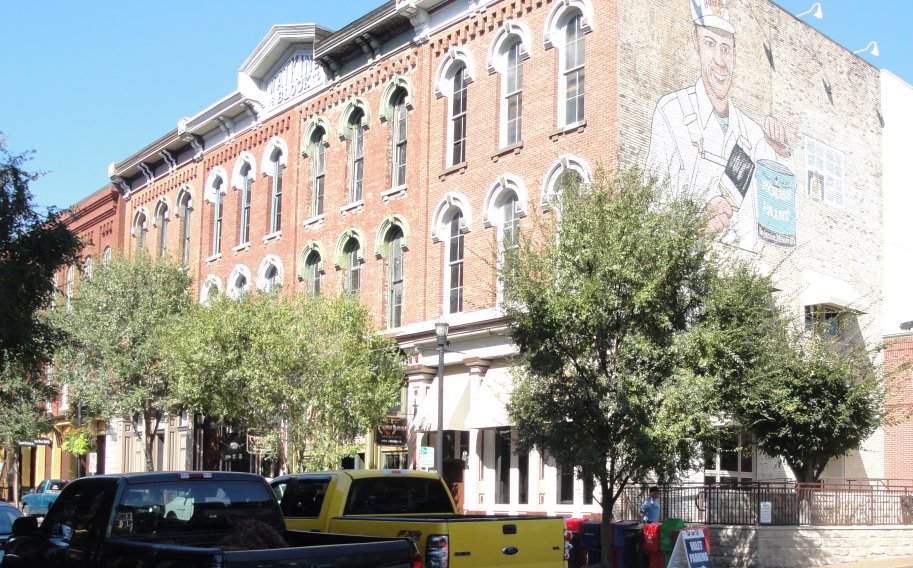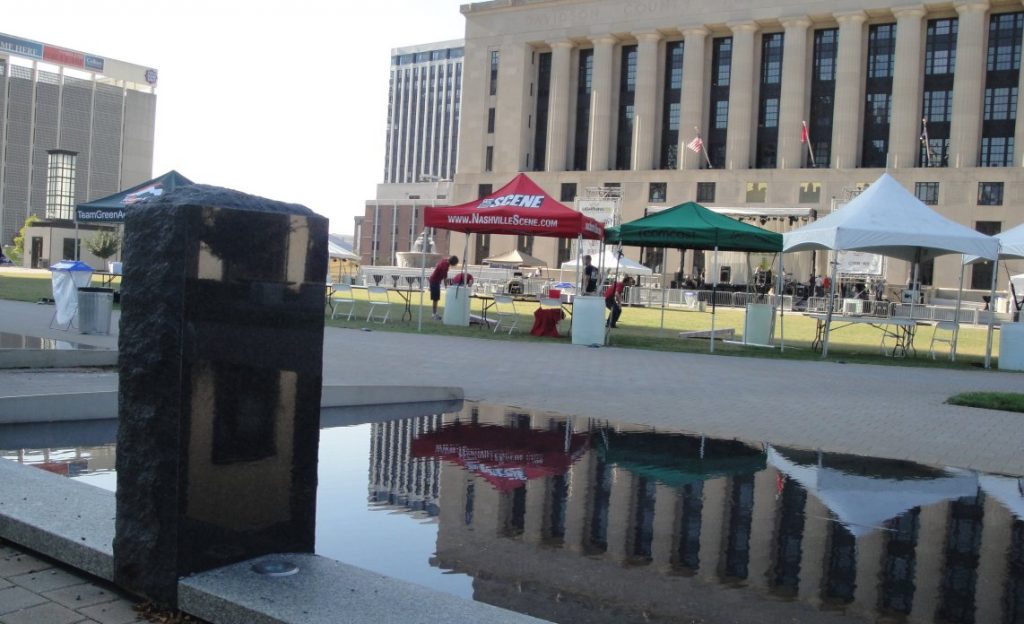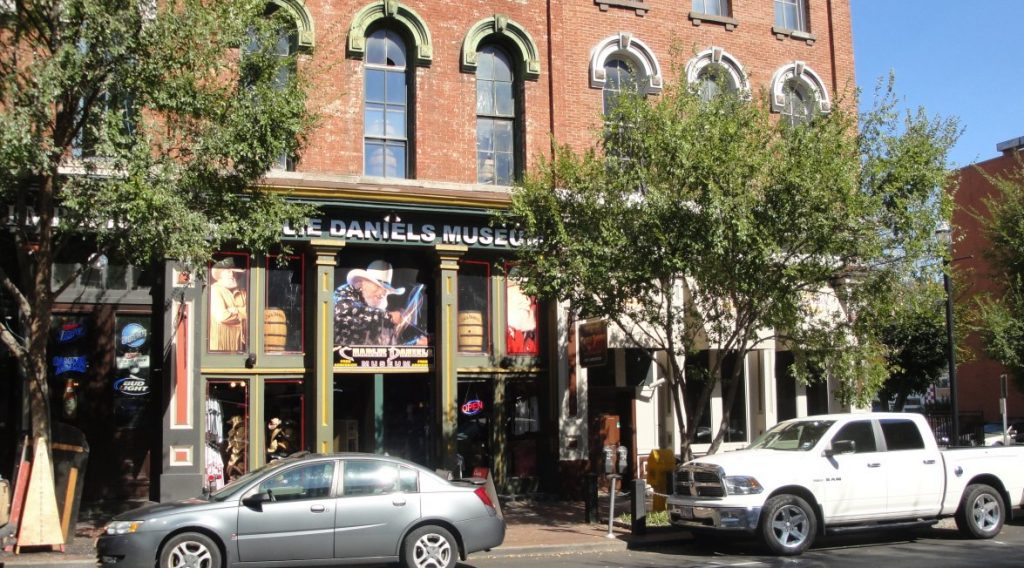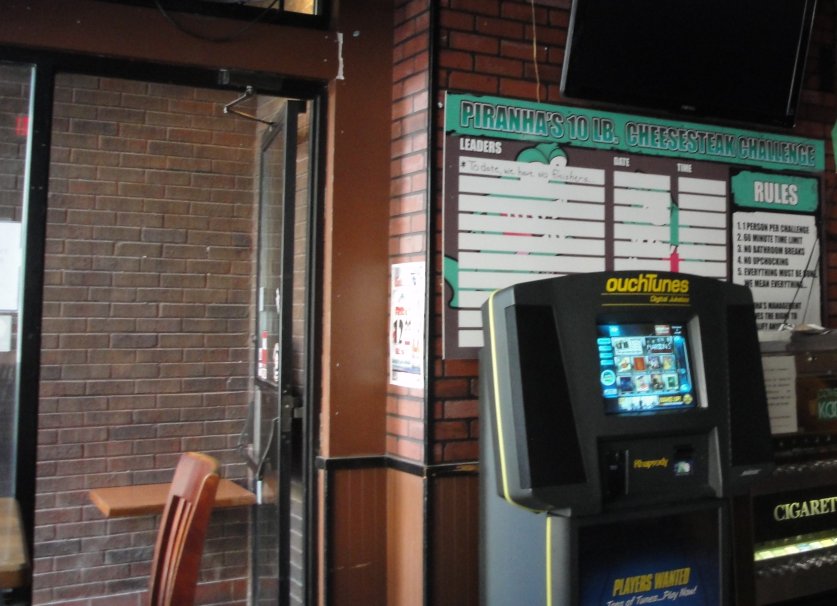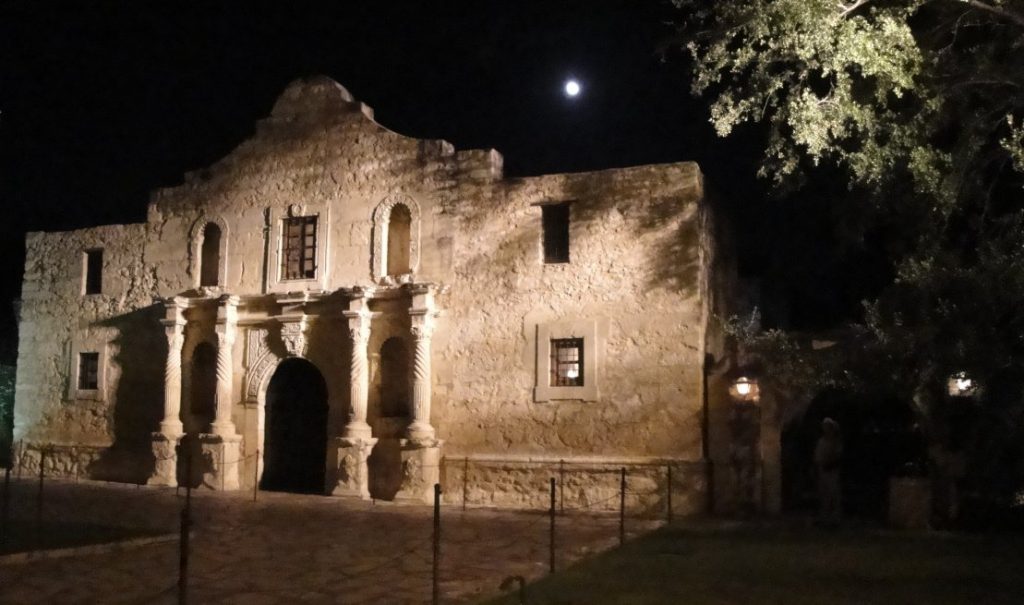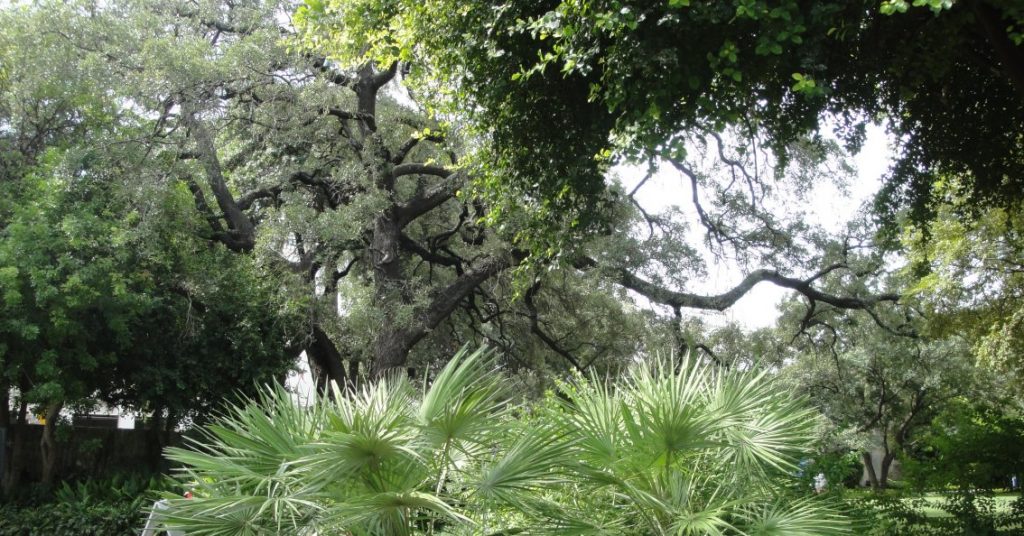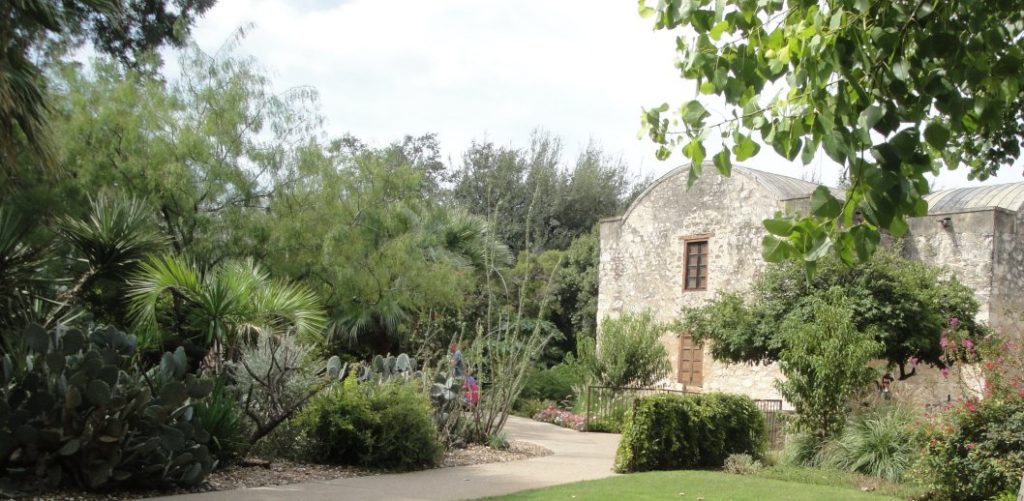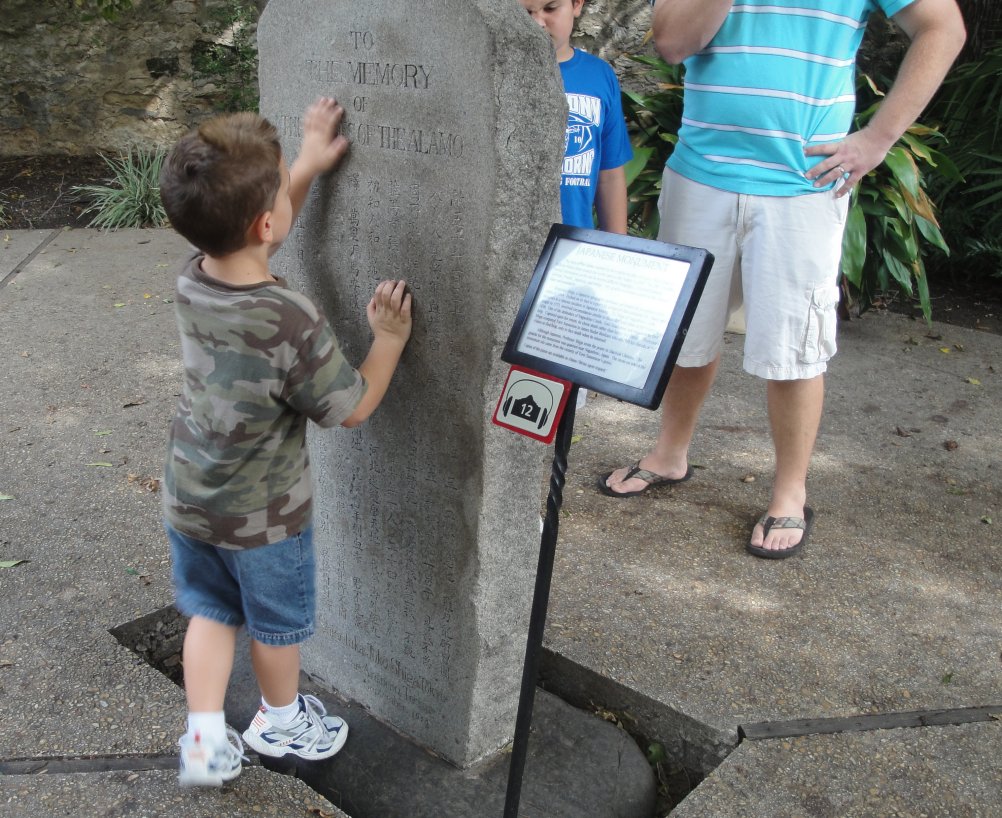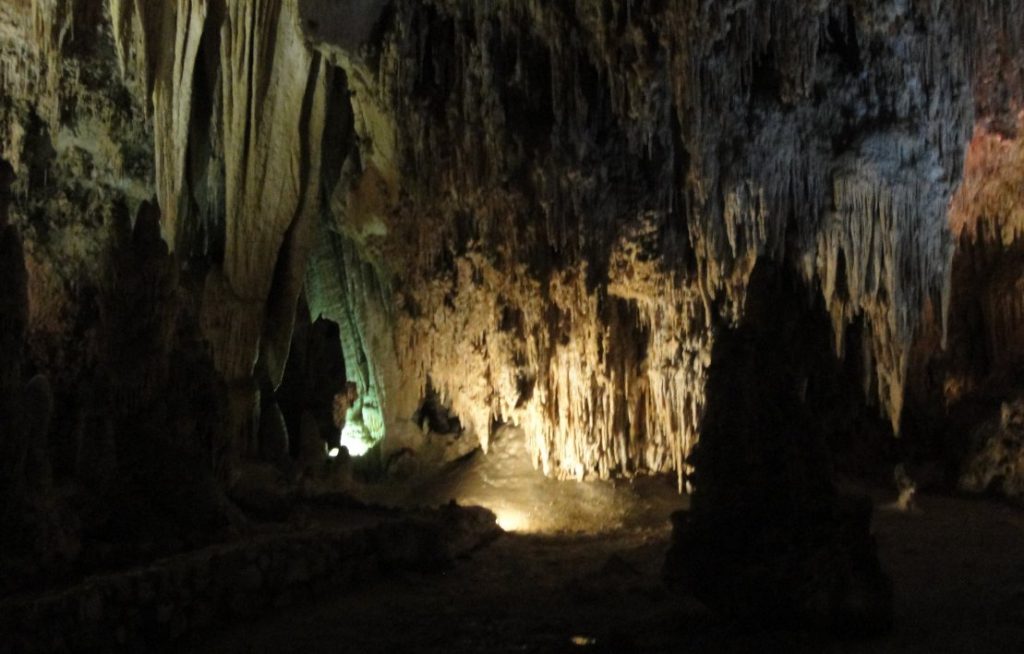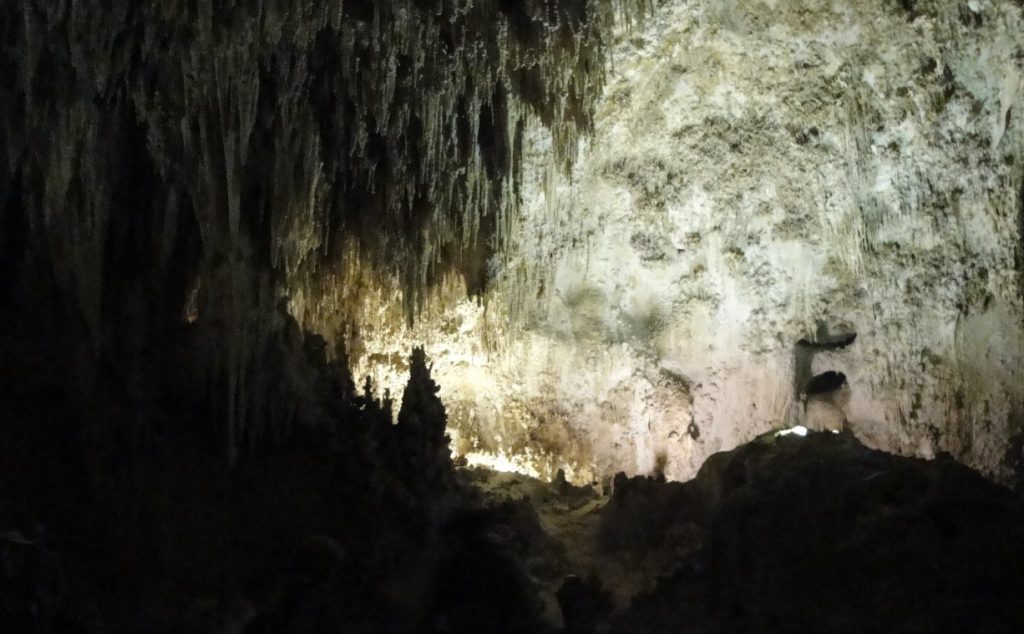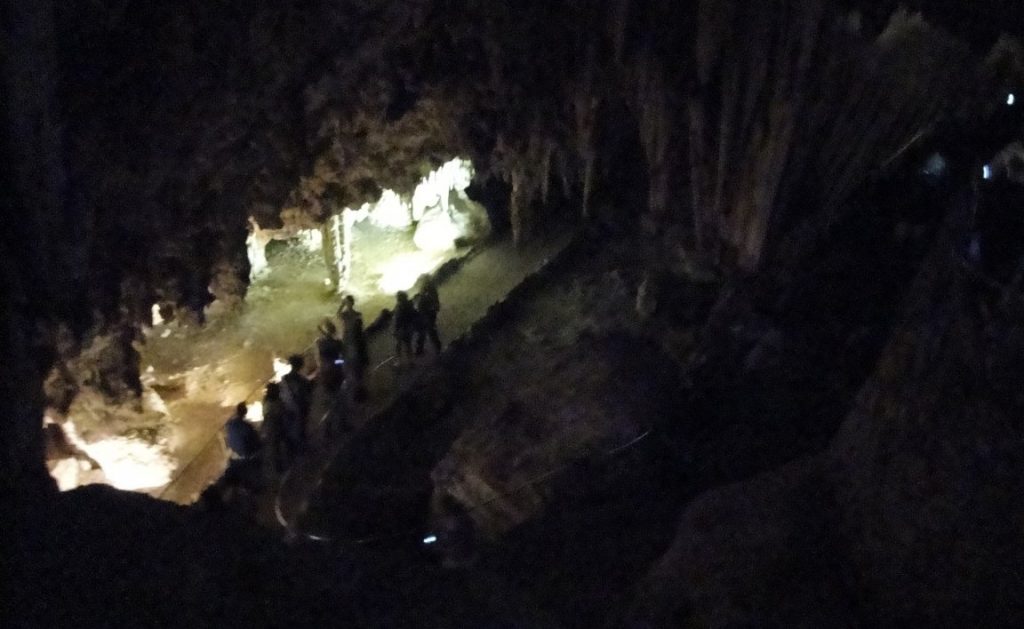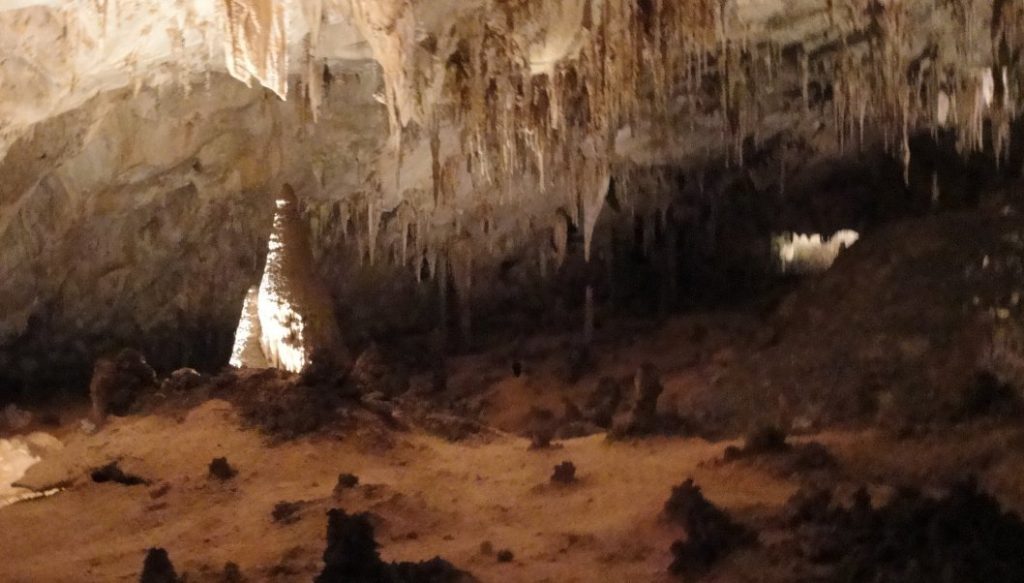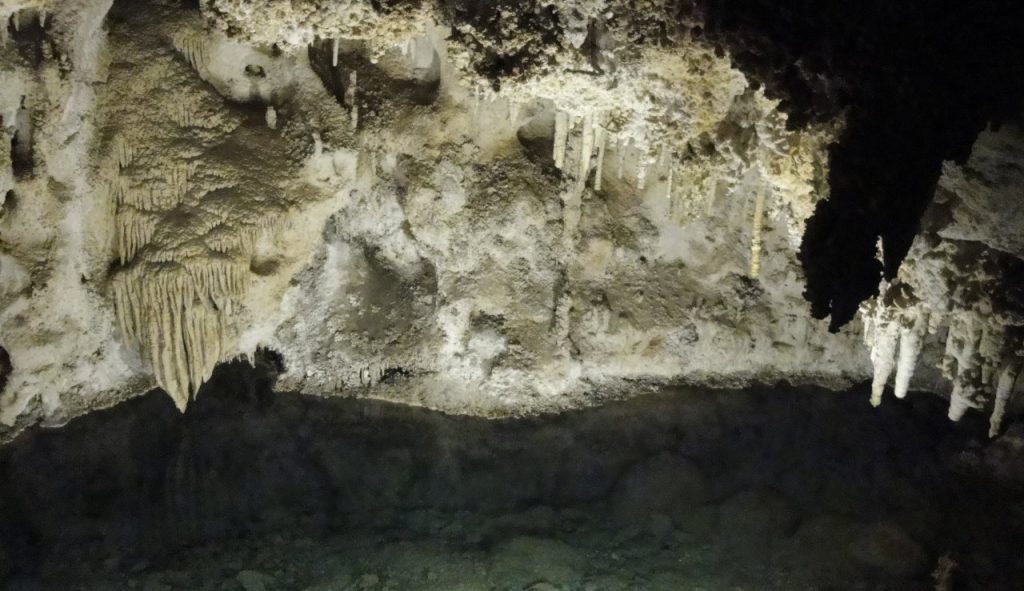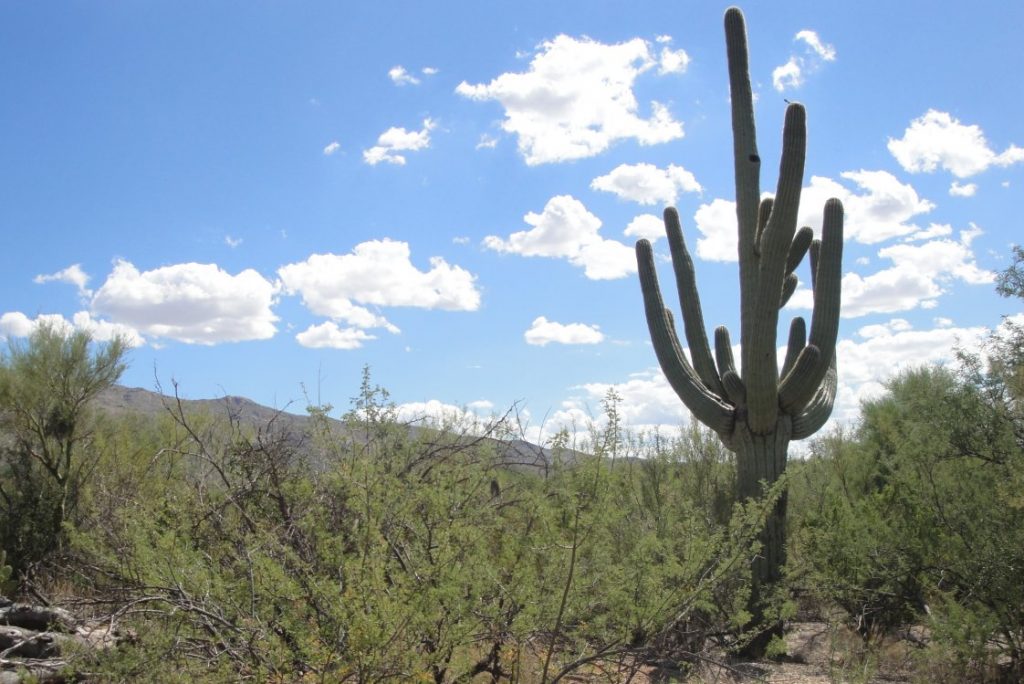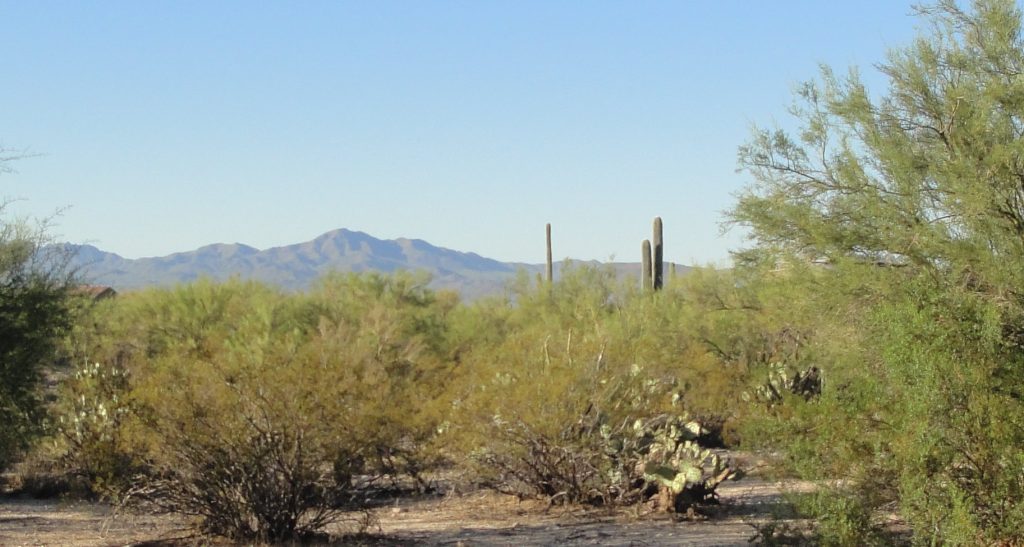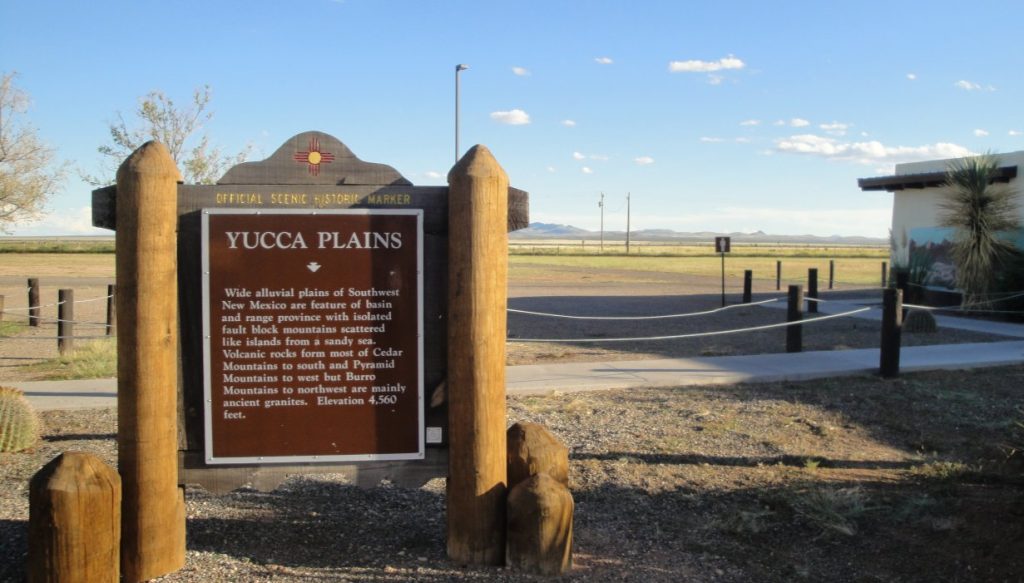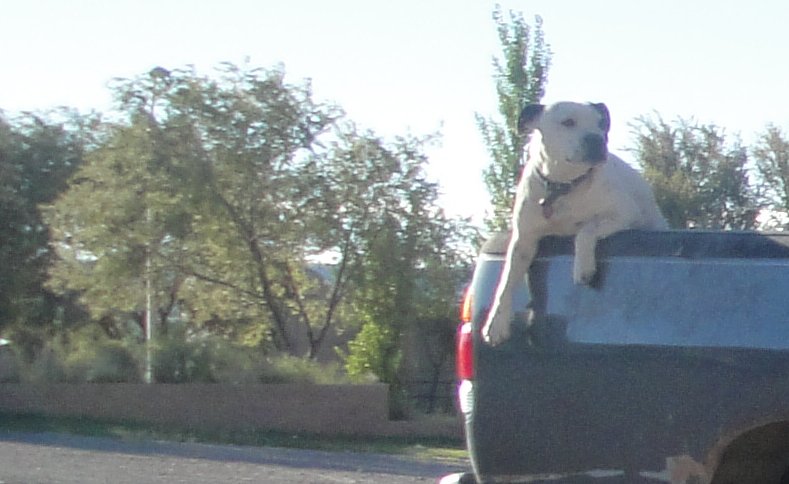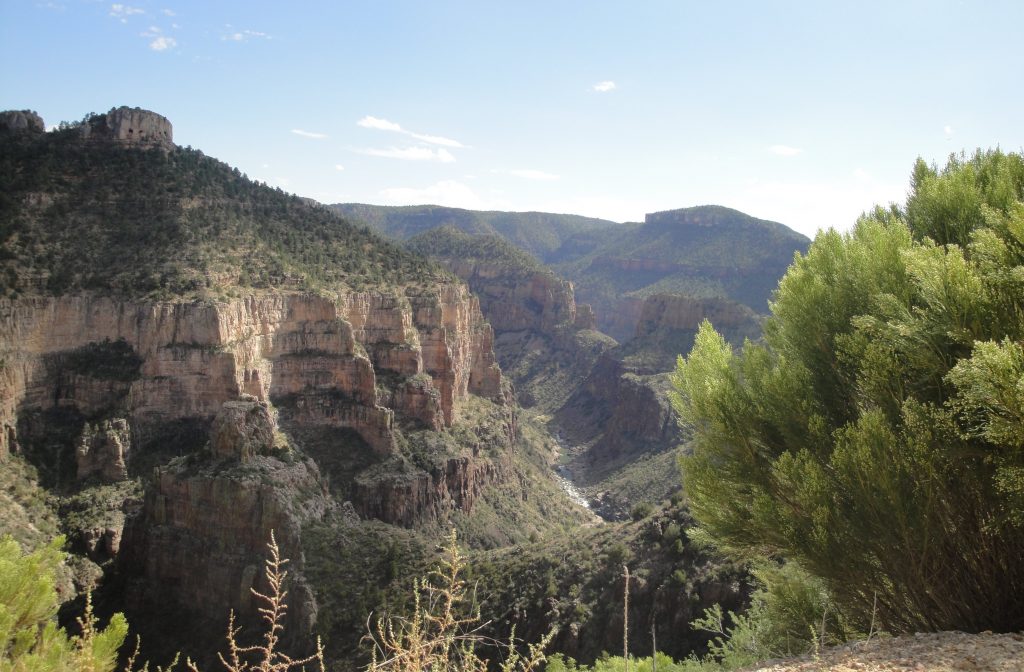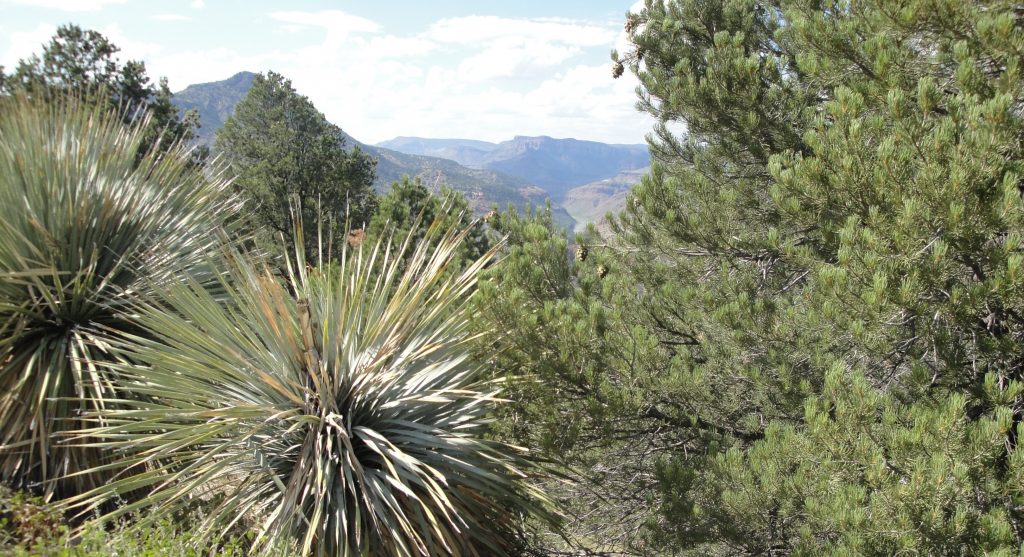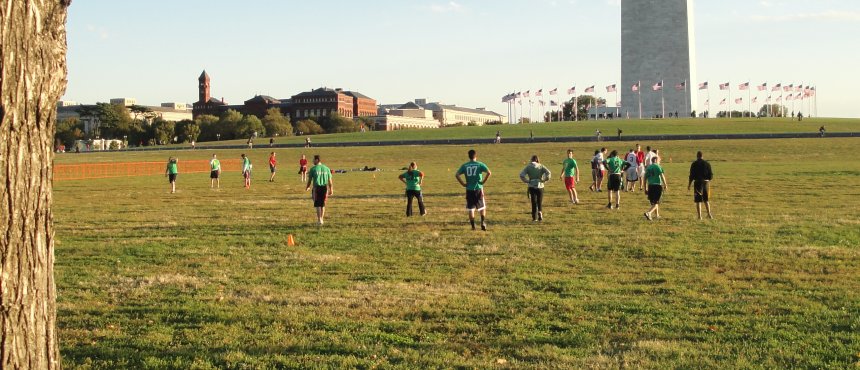
Fall is always the season of finishing. Another growing season is done. Days are getting shorter and cooler; the last flowers are blooming; the last leaves are falling. It is both a sad time and one of contentment of harvest and jobs completed. This fall has more of these characteristics for me than usual. I won’t be here next year. This is the last time I will be seeing some parts of Washington for maybe some years, maybe forever.
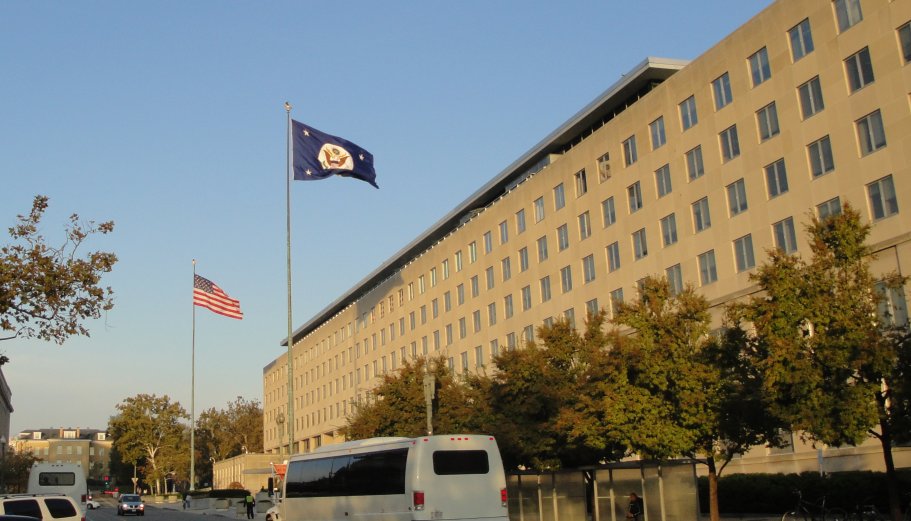
Of course I will be back at the Main State, but my visits will be episodic and not the continuous presence I have now. I probably won’t be going over to Gold’s Gym, for example. I expect to be in Brazil for three years. Who knows after that? I like to live in Washington, but the work here is not as interesting as what I can do overseas. There just aren’t many good jobs at my level. Many of the lower-ranking positions are more fun, if less ostensibly prestigious. I don’t like the political interface or the endless meetings. That doesn’t bode well for a triumphant return sometime in the medium term future.
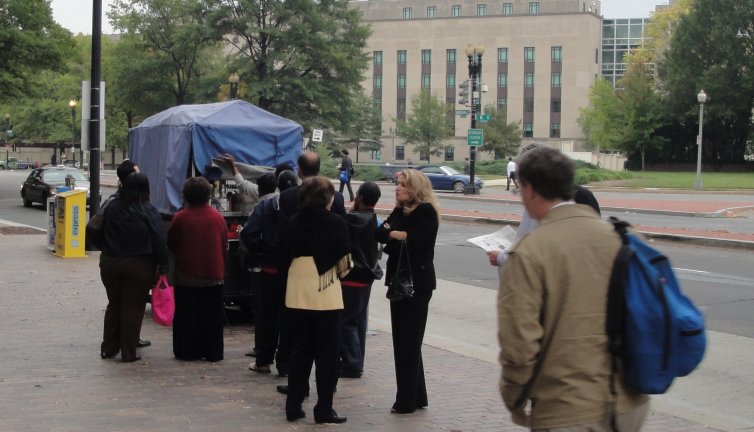
I have never had much of a long-term career plan and I don’t have one now. I have always relied on serendipity and opportunistically taking advantage of what comes. You don’t have to be smart if you are lucky and I have been lucky. Brazil, Norway, Poland and even Iraq were places that I wanted to o and places where I was content to be. There is not much time left anyway and I suppose I should be thinking about career transition.
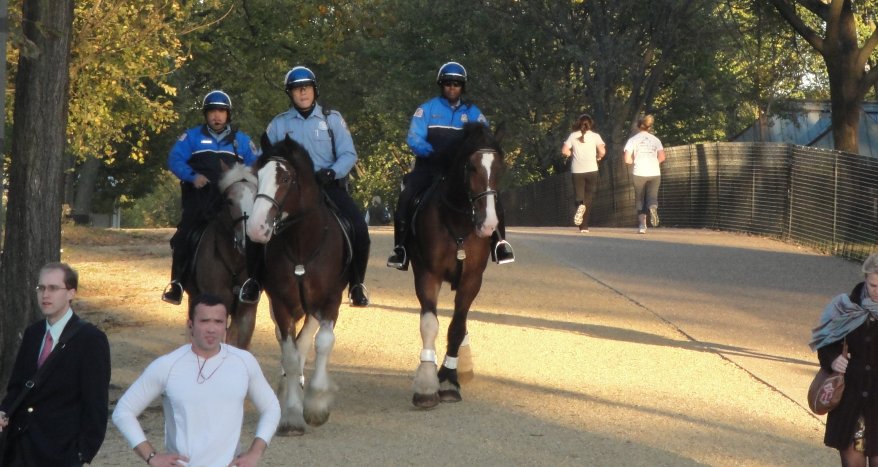
The story I recall, the one I tell myself and others is that I learned about the FS randomly. I remember waking up from a nap at the student union in at UW-Madison and finding a booklet about careers in the FS left on the table in front of me. I was only vaguely aware of the FS before that time. The booklet had a practice test that didn’t look too hard, so I decided to try for it. For me that has become a kind of creation myth. I really no longer know how much is certainly true and how much is embellishment borne of the retelling. But I think the story has colored how I view the job. I guess I still see it as more of a gift than something I worked hard to get. And it has usually been fun. A sort of career plan that I did have was to work in the FS for around seven years and then leverage my experience a well-paying executive job. It never happened because there has never been a significant amount of time when I wasn’t either having too much fun at my current assignment, too excited about the next one or both.
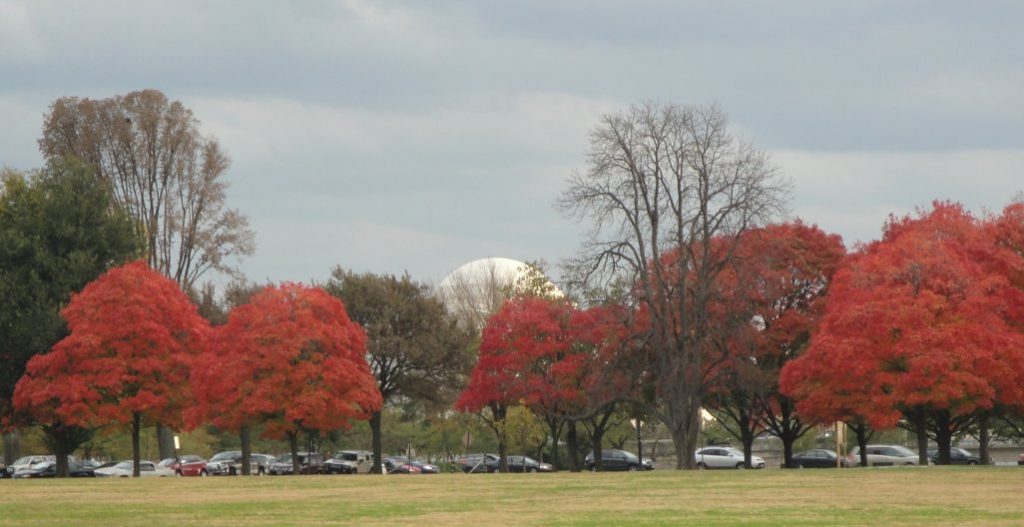
It was more like a hound-dog following the next scent than a step-by-step progress.
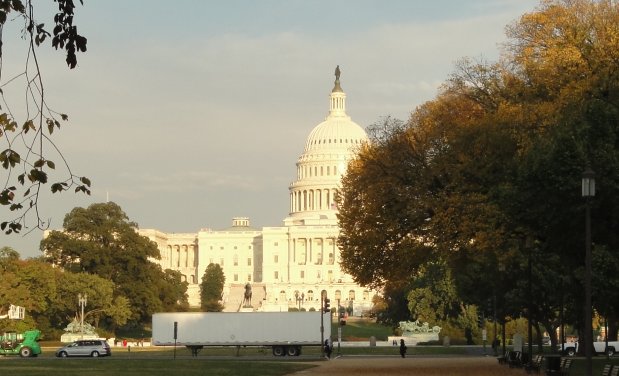
Anyway, I think about these things as I walk around in the still warm fall days and evenings. I came into the FS in October and got to know Washington for the first time during this time of the year. That was twenty-six years ago, but the area around the Mall has not changed much. I remember walking around the first time. It was like in that movie “Mr. Smith Goes to Washington.” I was so excited to see the monuments: Lincoln, Washington, Jefferson and so many other things. It is no longer a new experience, but it is still exciting. What a privilege to be able to be among them all the time. That is something I will miss. So this fall has a special poignancy for me.
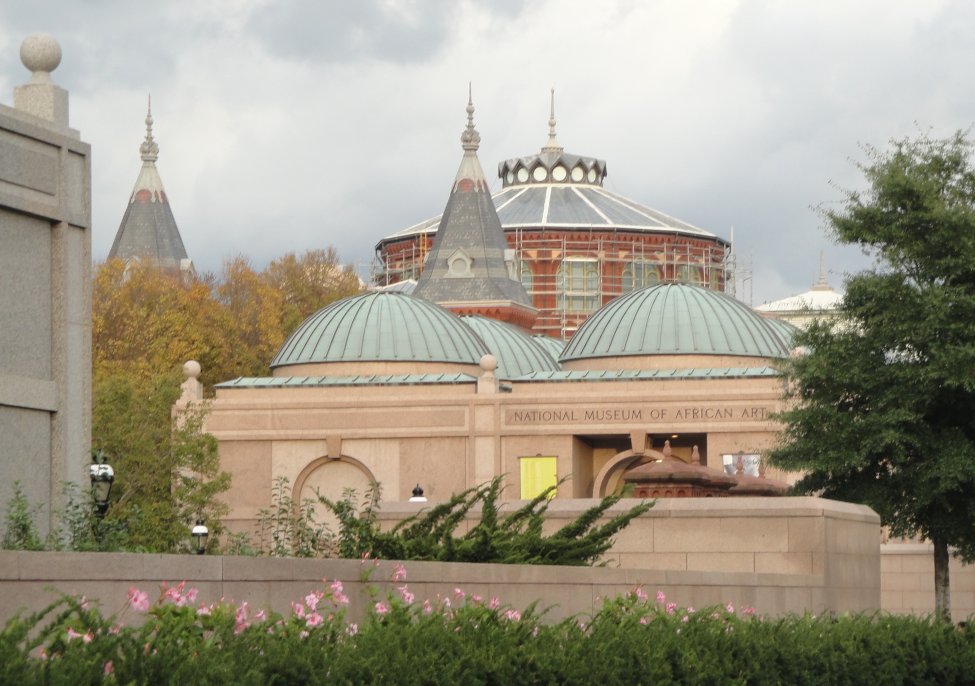
Let me tell you about the pictures. They are simple things taken around Washington. First is an informal football game on the fields in front of the Washington Monument. Next is the Main State, the Harry Truman building. It is not one of Washington’s most attractive. I am not a big coffee drinker, but the next picture shows them that do. The little wagon is owned by a guy from someplace in the Middle East. It is good coffee, I guess. People wait for him to show up in the morning. Horse cops patrolling the Mall on Clydesdales in the next picture. Jefferson Memorial with fall color maples. Another of my Capitol pictures. The African Art museum is just above and below is the statue of Casimir Pulaski on Freedom Plaza.
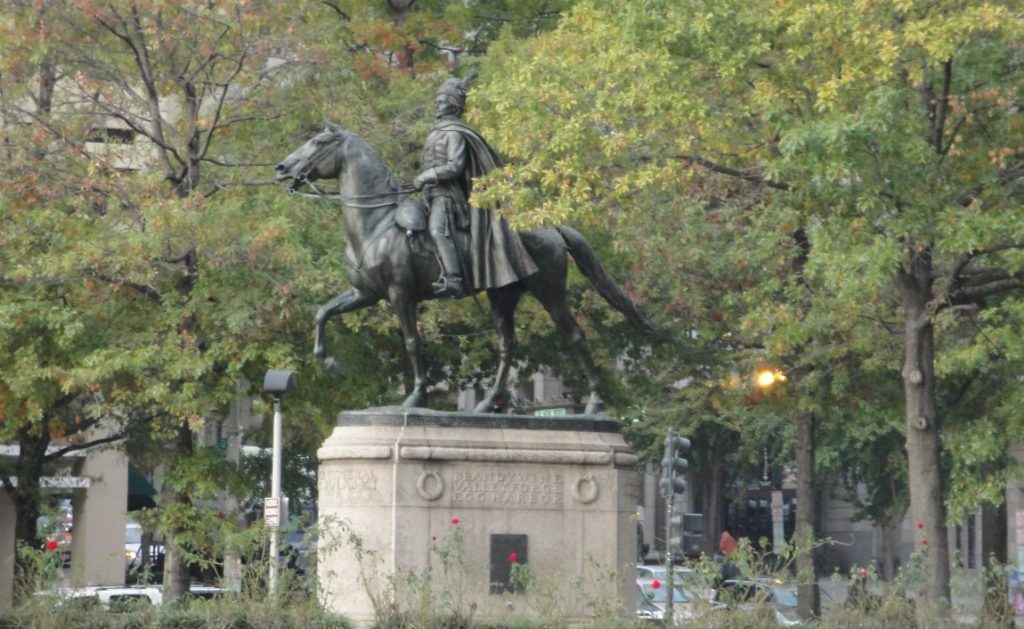
Below is the Washington Memorial and the last is just the moon.

